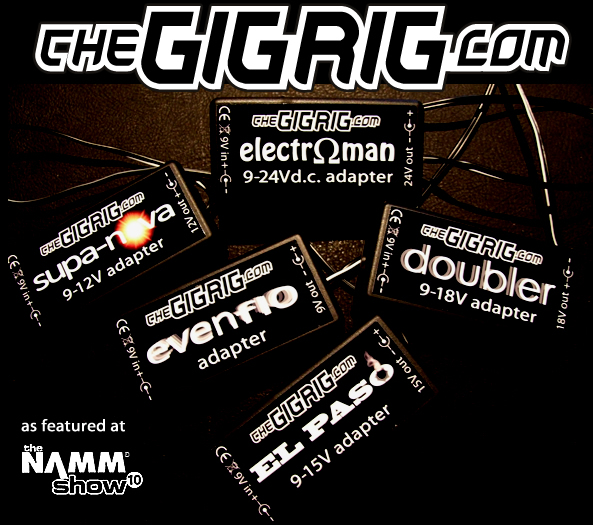Is the bridge pickup of your Telecaster too bright? Or do the two Humbuckers in your Gibson seem to have very different output volumes? These two common situations prompt a lot of G.A.S. stricken guitarists to purchase new pickups or modify their electronics.
But did you know that the distance between a pickup and the strings, also known as pickup height, can be setup easily on most guitars and can alleviate a lot of these problems?
As a general rule, when you move a pickup closer to the strings, you will get more output but also more high frequencies which can become ear piercing. At some extreme settings you might loose some sustain as the magnet(s) contained in your pickup(s) will “slow down” the vibrations of the string.
On the other hand, when you move a pickup further away from the strings, you will loose some of those ear piercing frequencies but get a lower output volume.
Sound Example
Here is an example featuring the bridge pickup of my 1978 Telecaster:

I have kept the exact same amp settings and have recorded similar clean licks with my Telecaster bridge pickup set very high:
and then lower:
Notice the difference in output volume and high end frequencies.
How to Change the Pickup Height on your Guitar
I will detail here how to change the height of the pickups on Telecasters, Stratocasters and Gibson style guitars. Note that it might be different for other brands, models or eras! Usually, manufacturers will issue precise guidelines as to what the optimal pickup height should be for a particular model. Personally, I prefer to do it by ear as I need to hear the changes through my effect/amp setup.
A last word of advice: in general, when you start turning screws to set up anything on a guitar (truss rod, tremolo system, pickup height, etc.), start by quarter turns, not full turns. Be gentle! In the case of pickup height, a quarter turn might be enough to reach the sweet spot you are looking for. To give you an example, with the bridge pickup of my Telecaster, I almost cover the full spectrum in about two full turns.
Adjusting Pickup Height on a Telecaster
On my 1978 Telecaster, I cannot find any visible screws to adjust the neck pickup height but the bridge pickup offers no less than three screws (see image below). No wonder as this pickup can be too bright and often needs a bit of adjustment. By loosening (anti clock wise) the screws, the pickup goes down while tightening them (clock wise) brings it closer to the strings. By playing with these three screws, you can have the pickup higher for the lower strings but lower for the higher strings. You can also have it at an angle. Remember the general rule, the closer to the strings the more volume and high end. Mine had to be lowered a bit as I found it a tad too bright for clean work and a bit too rich in “ear piercing” harmonics. Update Feb 2012: refer to the Telecaster setup guide for official guidelines.

Adjusting Pickup Height on a Stratocaster
My 1997 Fender American Classics Custom Shop Stratocaster is fitted with Kinman noiseless pickups. Chris Kinman has a great pickup height adjustment guide on his website, make sure to check it out.
Anyway, these pickups produce very different results depending on their height so getting it right for your taste and gear is paramount. Luckily, it is really easy on a Strat as each pickup has two screws (see image below). Loosen them to lower the pickup or tighten them to bring it closer to the strings. Update Feb 2012: refer to the Stratocaster setup guide for official guidelines.

Adjusting Pickup Height on a Gibson Style Guitar (here, a 61 Reissue SG)
Gibson guitars are much like Strats with two screws per pickup (see image below): loosening the screws lowers the pickup while tightening them brings it closer to the strings. Update Feb 2012: refer to this Gibson.com post for official guidelines.






